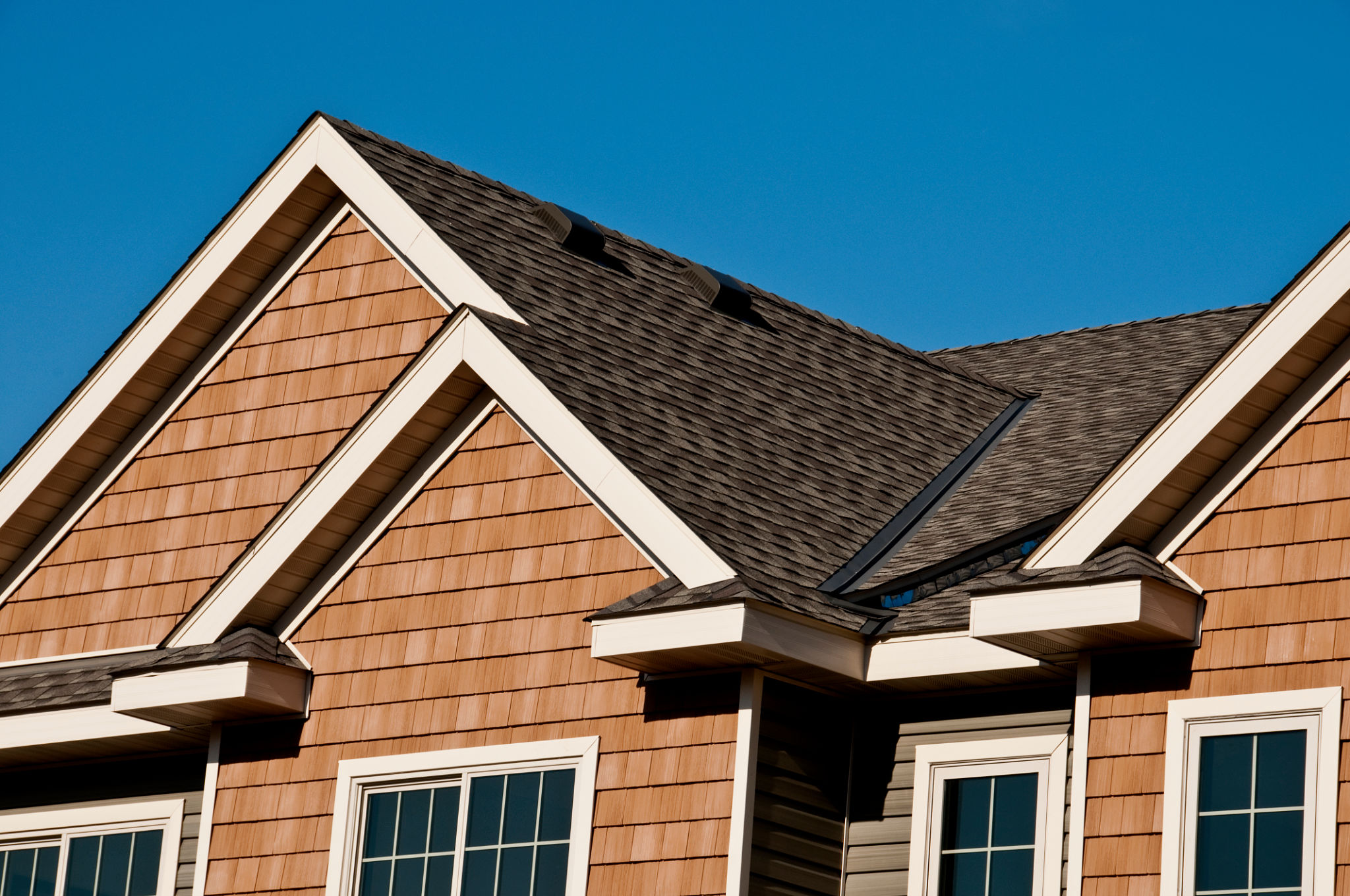Comprehensive Guide to Commercial Roofing Solutions
Understanding Commercial Roofing Types
When it comes to commercial roofing, understanding the various types available and their specific benefits is crucial for making informed decisions. The market offers a myriad of options, each designed to meet different structural needs, climate conditions, and budget constraints. Choosing the right type of roofing for your commercial building can significantly impact its longevity and energy efficiency.
Some popular types of commercial roofing include metal roofing, EPDM (ethylene propylene diene terpolymer) roofing, and TPO (thermoplastic olefin) roofing. Each of these materials has its own set of attributes that make them suitable for specific applications. Understanding these differences can help you choose the best option for your facility.

Key Factors in Choosing a Commercial Roof
One of the most important considerations in selecting a commercial roofing solution is the climate in which your building is located. For example, areas prone to heavy snowfall or rain might benefit from sloped metal roofs, which allow for efficient water runoff and are less likely to accumulate snow.
Another critical factor is the building's design and structure. Flat roofs are common in commercial buildings due to their cost-effectiveness and ease of installation. However, they require more maintenance to prevent water pooling and leaks.

Installation and Maintenance Considerations
The installation process for commercial roofing can vary significantly depending on the material chosen. For instance, metal roofs typically involve fastening large panels, while EPDM roofing requires adhering sheets to the roof surface. Proper installation is crucial to ensure the roof’s longevity and effectiveness.
Maintenance is another essential aspect to consider. Regular inspections can help identify potential issues early, preventing costly repairs down the line. Establishing a maintenance schedule with professional roofers can ensure your roof remains in optimal condition throughout its lifespan.

Energy Efficiency and Environmental Impact
In today’s environmentally conscious world, many businesses are prioritizing energy efficiency in their choice of roofing materials. Reflective roofing materials like TPO can help reduce energy costs by keeping buildings cooler in hot weather. Additionally, some roofing solutions are more eco-friendly than others, offering recyclable options or those made from sustainable materials.
Considering the environmental impact of your roofing choice not only benefits the planet but can also enhance your company’s reputation as a responsible business. It's worth exploring available incentives for businesses that choose sustainable building practices.
Cost Considerations
While upfront costs are a significant factor in choosing a commercial roof, it's important to also consider long-term expenses. Some materials might require a higher initial investment but offer savings through durability and reduced maintenance needs over time. In contrast, more affordable options might incur higher repair costs down the line.
A comprehensive cost analysis will help you weigh the pros and cons effectively. Consider consulting with a roofing expert who can provide insights tailored to your specific situation and budget constraints.

Conclusion: Making the Right Choice
Selecting the right commercial roofing solution involves balancing various factors such as material durability, installation and maintenance needs, energy efficiency, environmental impact, and cost. By understanding the specific requirements of your building and consulting with professionals, you can make an informed decision that will serve your business well for years to come.
In conclusion, investing time in researching and understanding the diverse options available will pay off in ensuring your commercial roof is both functional and cost-effective. Whether you're upgrading an existing roof or installing a new one, making the right choice is pivotal to safeguarding your investment.